Three years ago, I bought my first folding bike and thought I was brilliant. Folds up, hops on the train, stores under my desk—the perfect urban commuter, right?
But reality had other plans. That first month was rough. I'd arrive at work with a soaked shirt from my backpack. On rainy days, my trousers looked like I'd been mud wrestling. One winter evening, I nearly got sideswiped by a taxi because my €5 rear light was basically invisible.
But my bike looks completely different now, thanks to these six folding bike accessories that solved real problems.
1. Rear Rack + Panniers: Because Your Back Isn't a Cargo Hold
My rookie mistake: Hauling my laptop and lunch in a backpack for a 20-minute ride. In summer, I'd arrive looking like I'd just showered. Worse, the high center of gravity made the bike wobbly, especially over cobblestones.
The fix: A solid rear rack with clip-on panniers.
Moving the weight from your shoulders to the frame changes everything. You feel lighter, the bike handles better, and your shirt stays dry. The low center of gravity makes cornering and braking way more stable. Weekend grocery runs? Two panniers can handle a week's worth of shopping—one of the smartest folding bike storage solutions for daily errands.
For smaller loads, a trunk bag on top of the rack keeps your phone, wallet, and keys within easy reach.
Real talk: This was the single best upgrade I made. If you only do one thing, do this.
2. Fenders: Unless You Enjoy Washing Pants Every Day
Riding in Germany without fenders is asking for trouble.
Last autumn after a rain shower, I hit a puddle. Within ten minutes, my back and legs were splattered with dirty water like I'd crawled through a bog. My colleagues found it hilarious. I found it mortifying.
Good fenders wrap around most of the tire, front and rear. They don't just keep you clean—they protect your chain and gears from grit, reducing wear and keeping everything running smoothly.
After installing them, rainy commutes became normal commutes. No more wardrobe anxiety every time clouds appear.
3. Proper Lights: Your Life Is Worth More Than €30
I used to run cheap clip-on lights, figuring "light is light." Then one evening, a car changed lanes without seeing me. I braked hard, heart pounding. The driver rolled down his window: "Mate, I honestly didn't see you."
I bought StVZO-approved lights the next day.
Front light: Needs to illuminate the road properly. You want to see potholes, broken glass, and uneven surfaces in time to avoid them.
Rear light: A flashing red light cuts through the darkness. Picture this: a car approaches from behind, and your light is visible from 100 meters away. That extra time lets the driver react. That's the difference between a close call and a collision.
In Germany, lights must meet StVZO standards—not just for legality, but because they're actually designed for safe road use.
Don't cheap out on this.
4. Ergonomic Saddle and Grips: Folding Bike Upgrades for Comfort
Stock saddles are usually terrible—like someone said, "just stick something seat-shaped on there." After 30 minutes, your sit bones ache. After an hour, your hands go numb.
Saddle: Get one that matches your sit bone width. Everyone's anatomy is different. Many bike shops can measure your sit bones and recommend the right saddle.
Grips: Round grips compress the nerves in your palms, causing numbness. Ergonomic grips have a wider platform that distributes pressure across your hand.
These seem minor, but they determine how far you can comfortably ride. After upgrading, I could do 50km weekend rides without discomfort.
5. Frame Pump: For When Reality Punctures Your Plans
Low tire pressure makes pedaling exhausting and increases puncture risk.
Keep a floor pump at home for regular pressure checks. But always carry a small frame pump attached to your bike—the kind that clips directly onto the frame.
Last summer, I got a flat on a country road. Because I had my pump and patch kit, I fixed it in 15 minutes and kept riding. Otherwise, I'd have pushed my bike 5km to find a shop.
Pro tip: Learn to patch tubes yourself. YouTube has countless tutorials. Practice a few times at home. You'll need this skill eventually.
6. Carrying Case: The Folding Bike Storage Solution Nobody Mentions
Here's something the accessory lists always miss: a good carrying case for when your bike is folded.
The whole point of a folding bike is taking it inside—on trains, into offices, into your apartment. But carrying a folded bike bare-handed gets awkward fast. The frame digs into your palm, pedals catch on your legs, and you're constantly worried about bumping into people.
The solution: A padded carrying case or shoulder strap system.
Suddenly, your folded bike becomes easy to carry. You can sling it over your shoulder on crowded trains, carry it up stairs without wrestling it, and wheel it through offices without marking up walls. Some cases even have wheels, turning your bike into rolling luggage.
This is the upgrade that makes the "portable" part of your folding bike actually portable. You bought it to avoid leaving it locked outside—make sure you can actually carry it comfortably.
What Riding Looks Like Now
With the best accessories for folding bike commuting, my routine now looks like this: laptop and lunch in the panniers, back completely dry. Light rain sometimes starts, but the fenders keep me clean. Dusk approaches, and my lights make me visible in traffic. The ride is comfortable—no numb hands, no sore sit bones. At the office, I fold it up, slip it into its case, and carry it to my desk.
These essential folding bike gears transformed cycling into something I genuinely enjoy. No locks, no worries.

Bottom Line
Your folding bike is already convenient. These folding bike accessories upgrades make it actually pleasant to ride—regardless of weather, cargo, or time of day, while keeping its core advantage: you can take it anywhere.
Each upgrade solves a real problem: soaked shirts, filthy trousers, invisible hazards, physical discomfort, unexpected flats, and awkward carrying.
You don't need everything at once. Start with whatever bothers you most, then add from there. But trust me—these investments pay for themselves in comfort and safety.
Ride safe, ride comfortable.

Frequently Asked Questions
Q1: Do parts for folding bikes work with all models?
Not always, so make sure they work together before you buy. Most small parts, like lights and grips, can be used with any bike. Racks and fenders, on the other hand, need to fit just right. Make sure that the mounting spots on the rack fit your bike. When you buy fenders, make sure they fit your frame and tire size. Before you buy something, you should always measure it and read the details. If you're not sure, just ask the manufacturer or a bike shop near you.
Q2: How much weight can I add to my folding bike?
The weight limit on your folding bike's rack will vary, but most of them can hold 20 to 30 kg. Spread the weight out evenly for the best balance and control. Don't put too much in one pannier over the other, and keep big things close to the ground. Also, keep in mind that these extras make the folded bike heavier, which makes it harder to move.
Q3: Can I put these items together by myself?
Yes, most of them can be put in by yourself with simple tools. Attaching racks, fenders, lights, and grips is easy to do at home. There are lots of helpful video tips online. A bike expert can usually do the job in less than 30 minutes if you're not sure how to do it or don't have the right tools. You will save money and learn more about how your bike works if you do it yourself first.
Q4: Will my bike's extras make it impossible to fold up properly?
It depends on the accessory. There are a lot of things that can be attached that won't change the fold in any way. A lot of racks and fenders made today are also made to fold up with the bike. Still, you'll need to take off bags like panniers or trunk bags before you can fold the frame. To be sure, you should always test the fold after adding a new item.
Q5: I don't have a lot of money. Which add-ons should I get first?
First, fix the problem that bothers you the most.
- Buy a rack and bags first if you need to take things for work or shopping.
- Get fenders if you ride a lot in the rain.
- If you have to drive early in the morning or after dark, make sure the lights are on for your safety.
Once those needs are met, you can improve your comfort by getting a better seat or grips. Get a compact pump as soon as possible because it's cheap and useful.
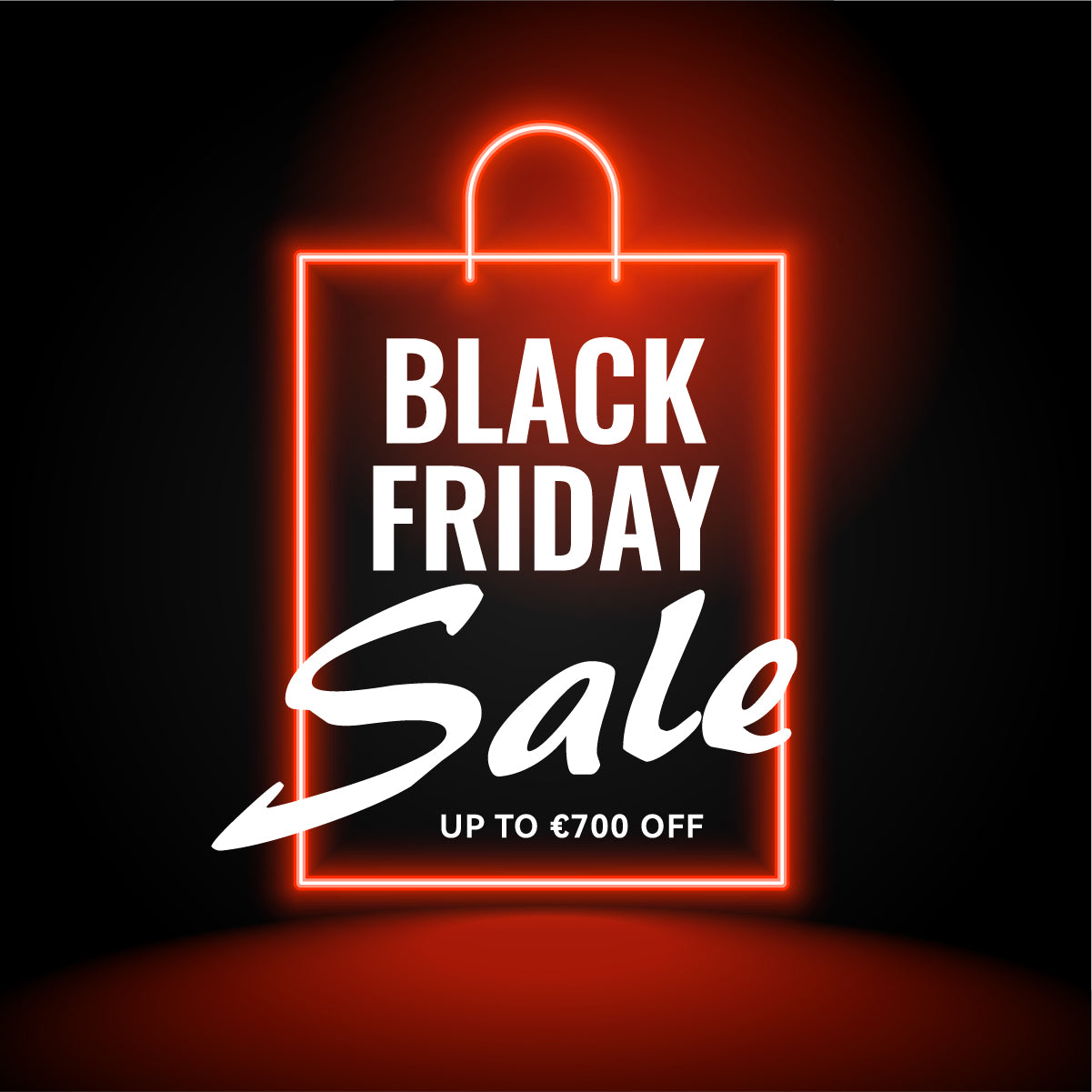

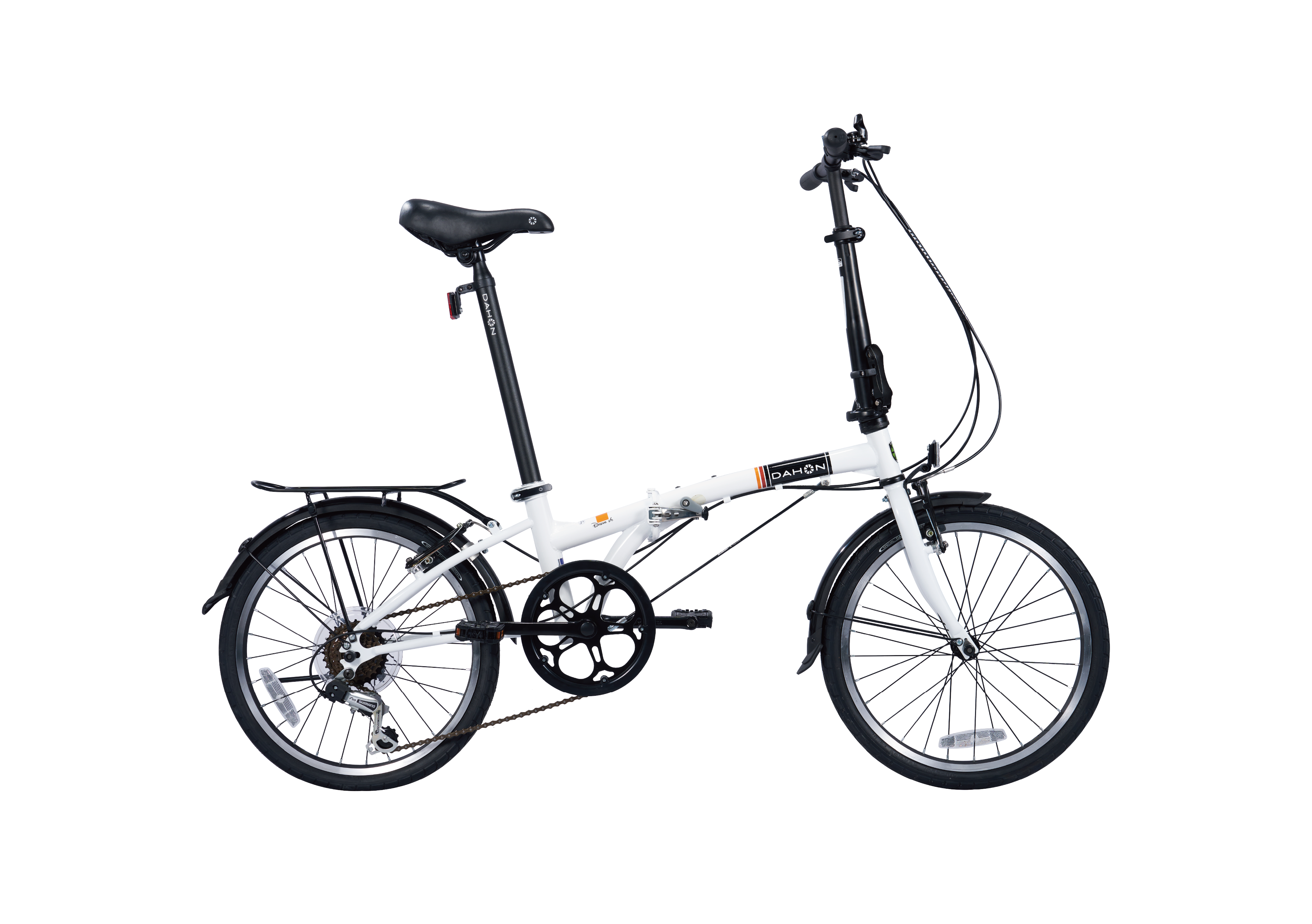

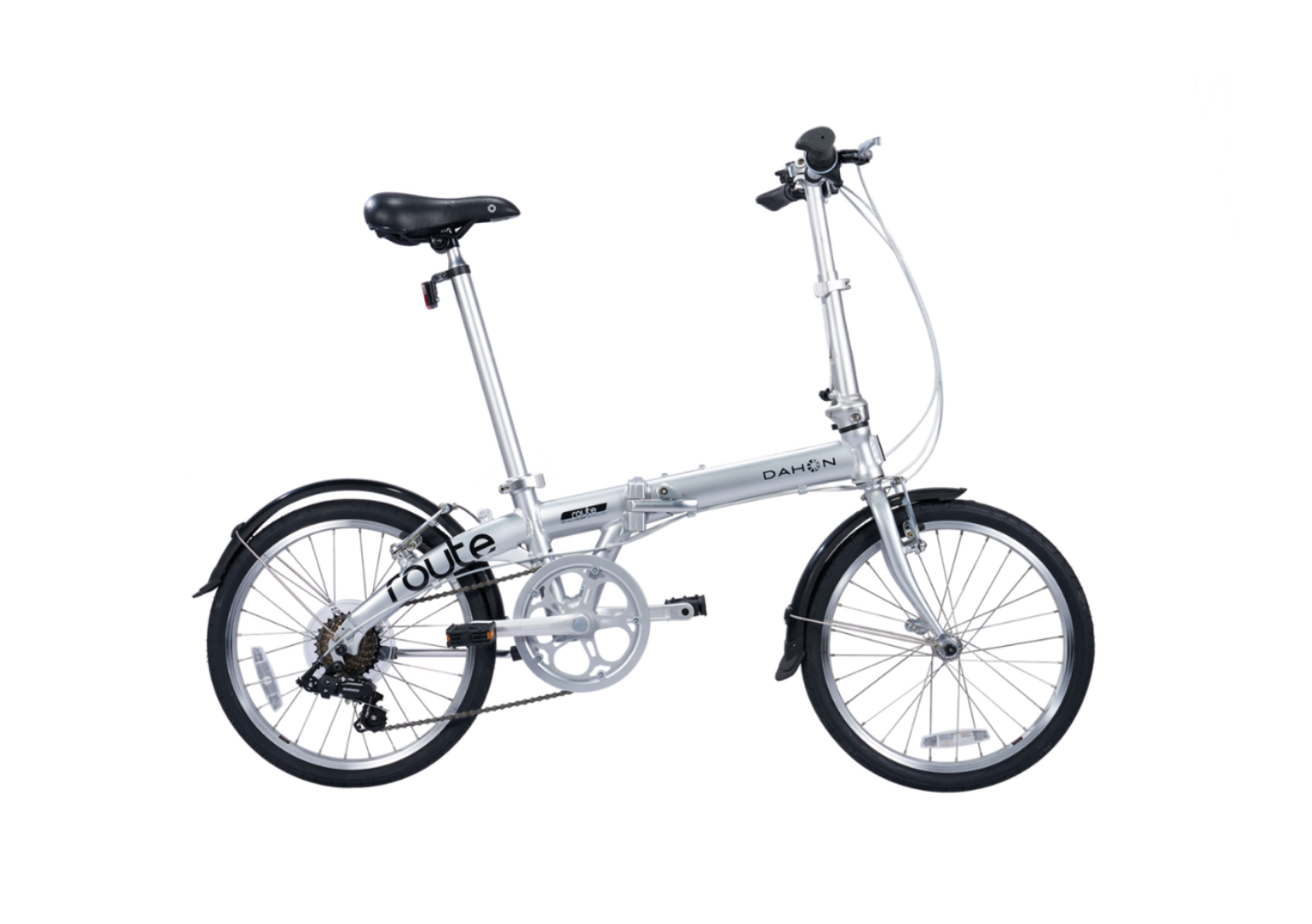




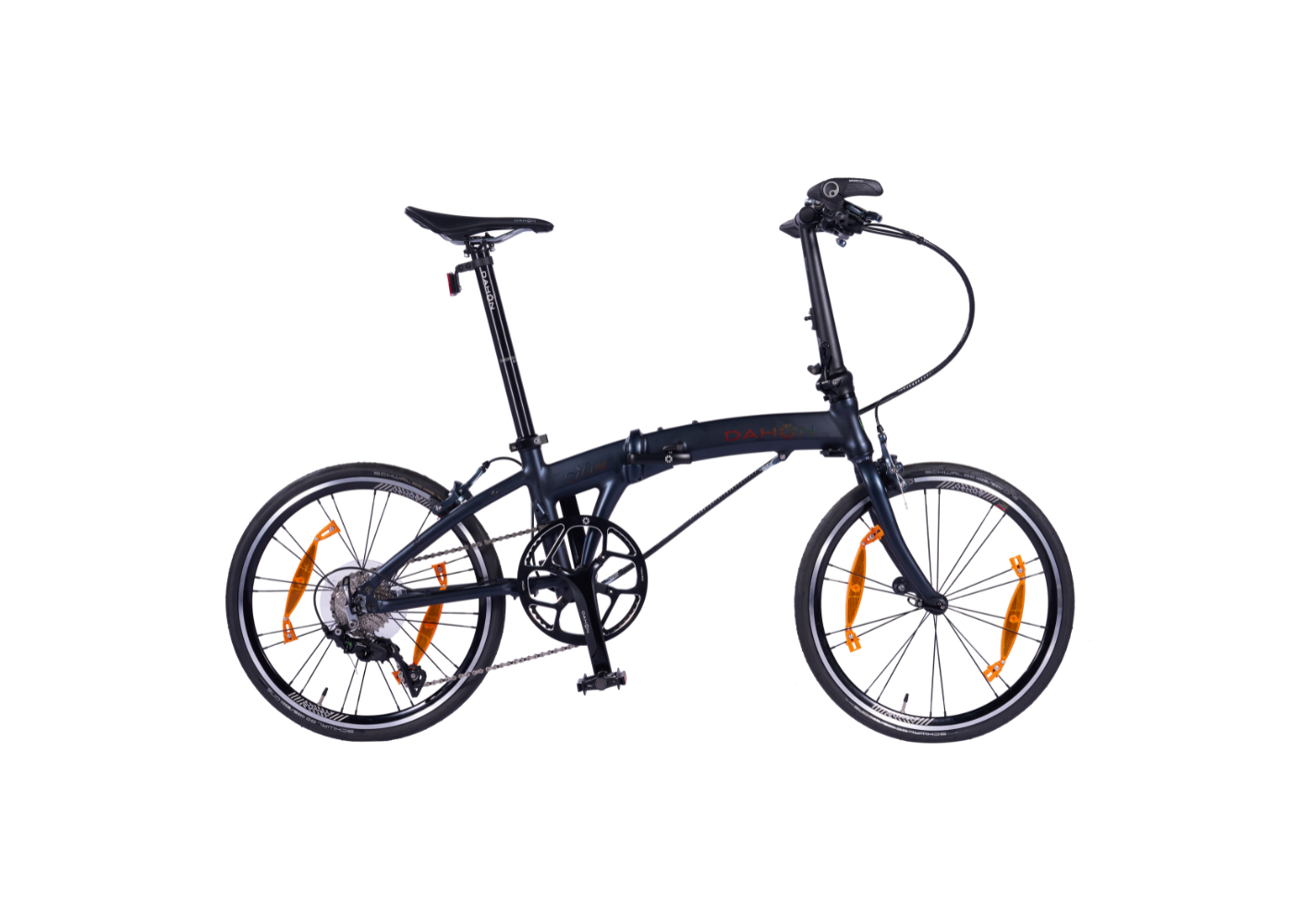
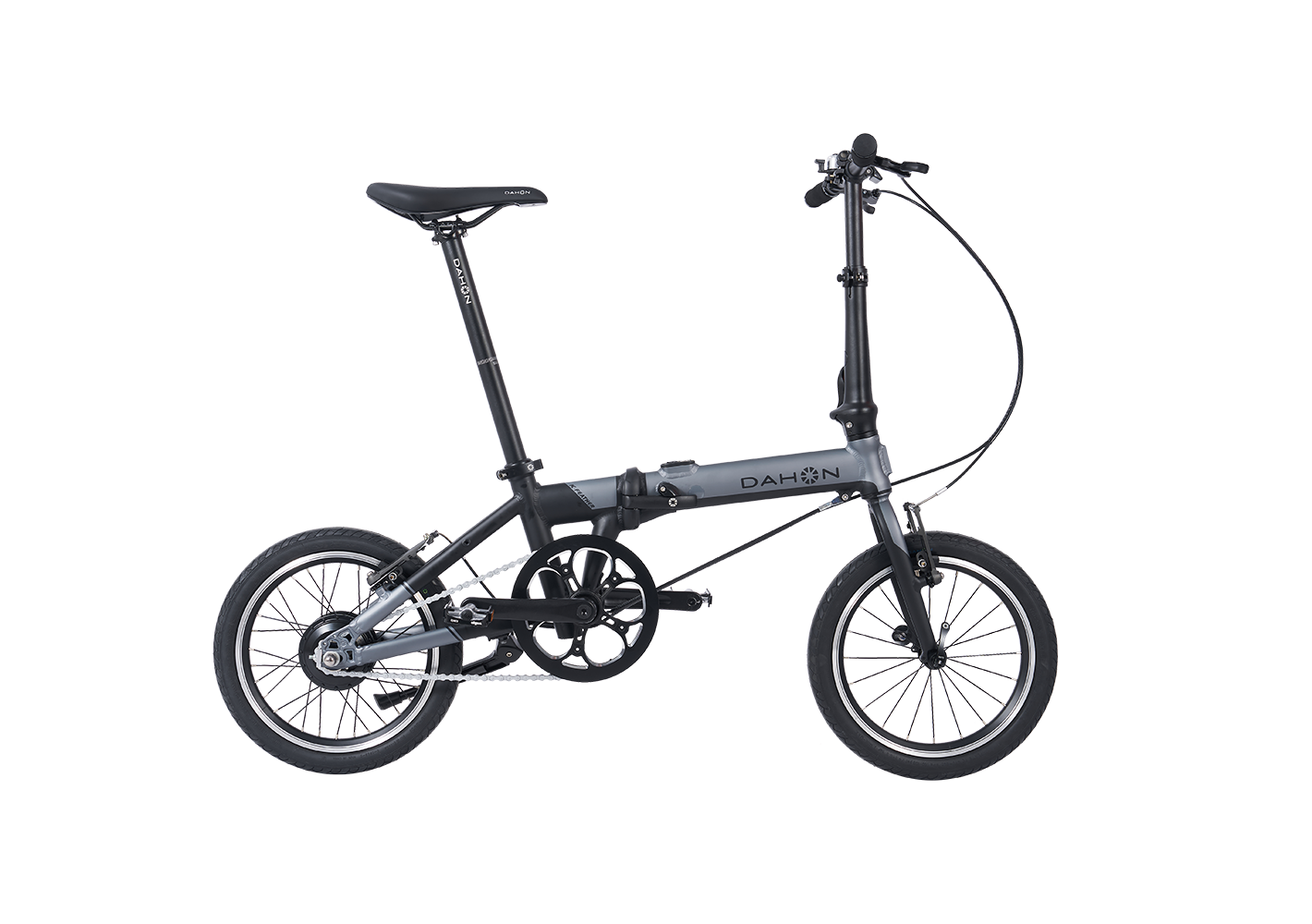

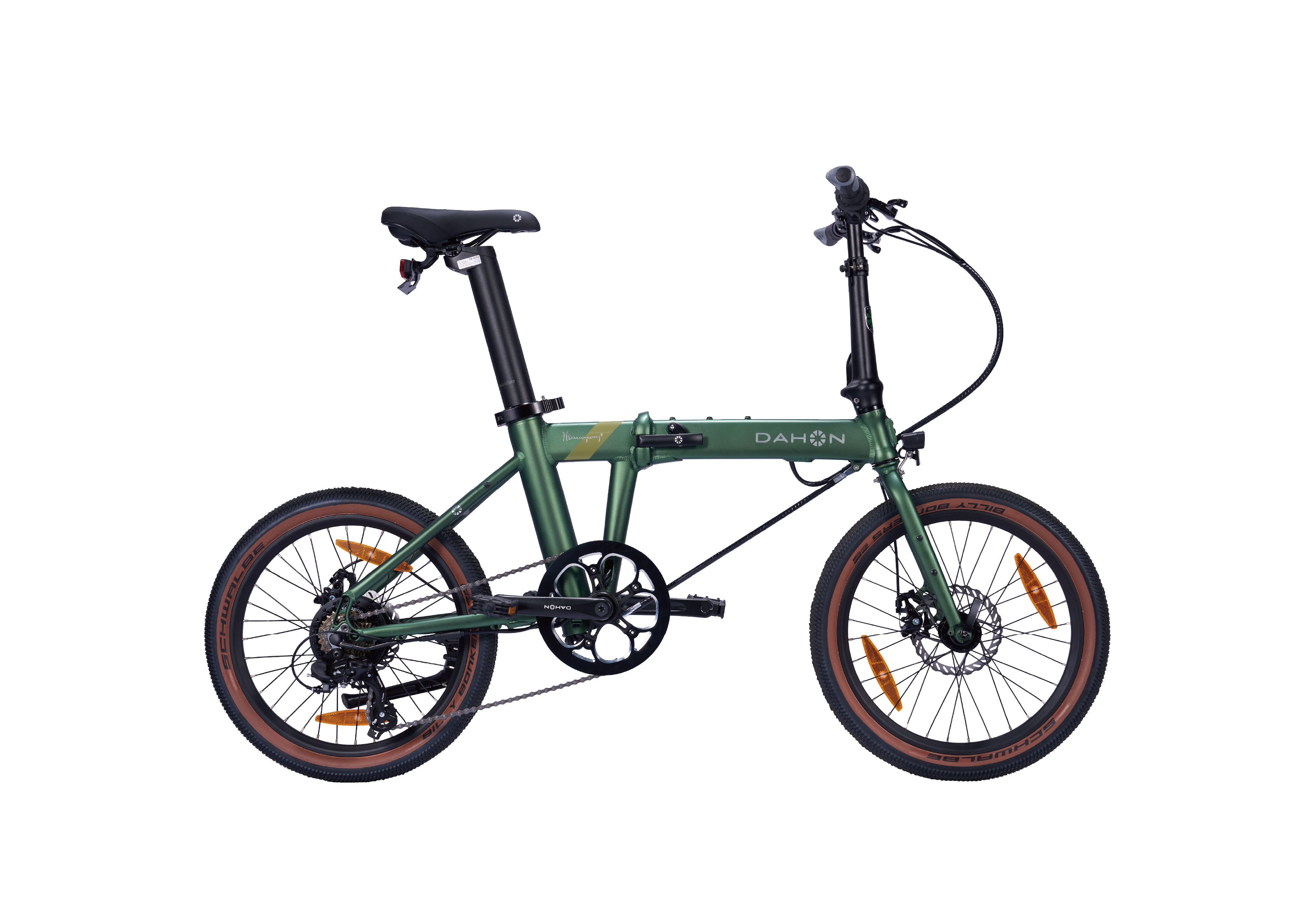
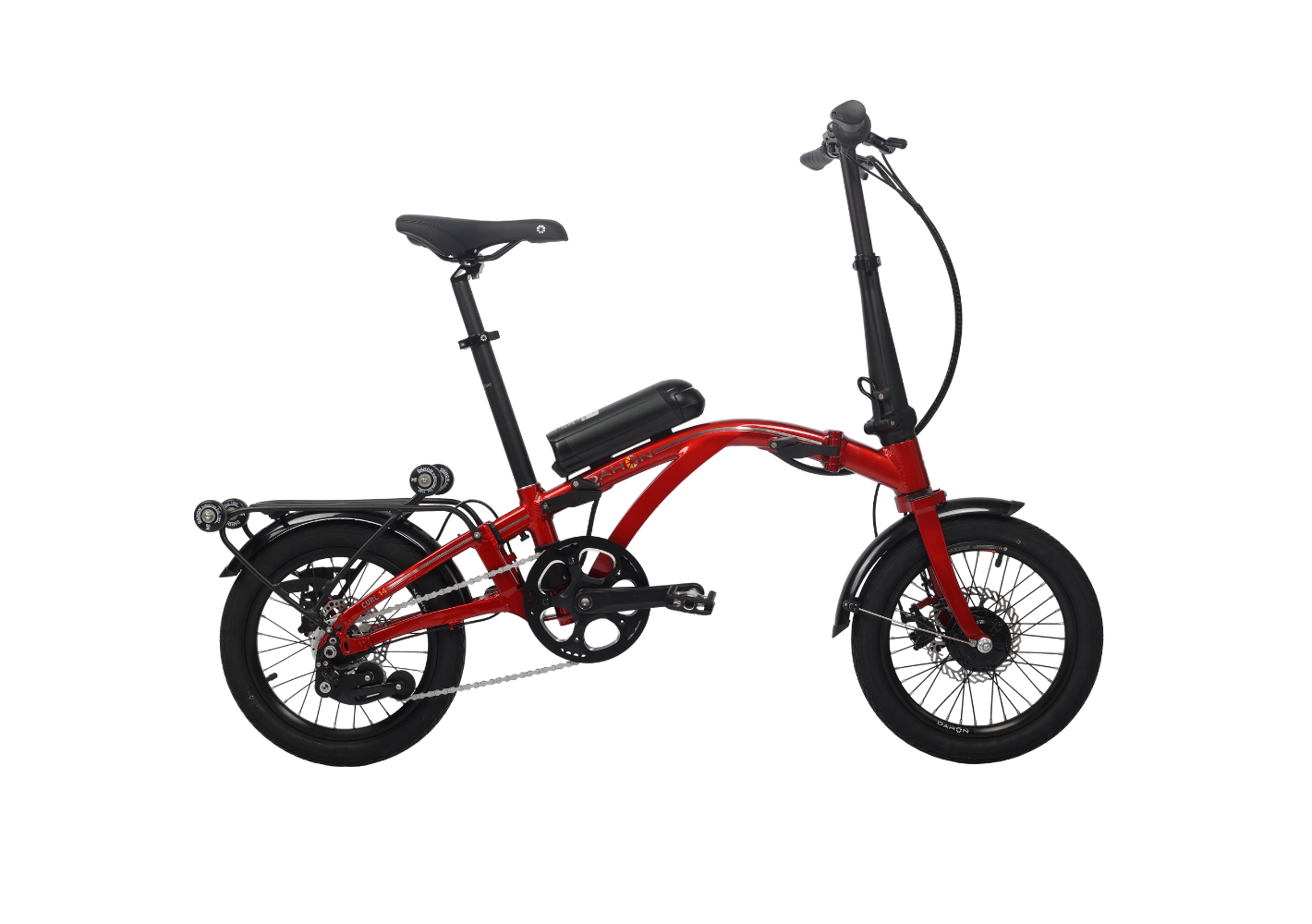








Aktie:
Lightweight vs. Fully Equipped: How to Choose the Right Folding Bike
The Urban Freedom Manifesto: Your City Life Guide with a Folding Bike